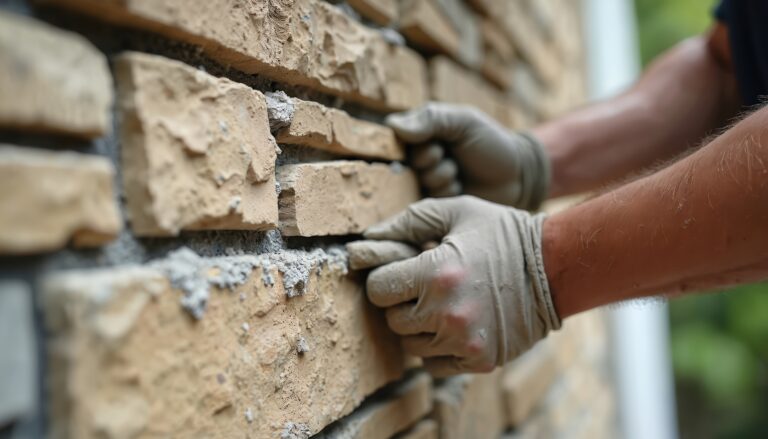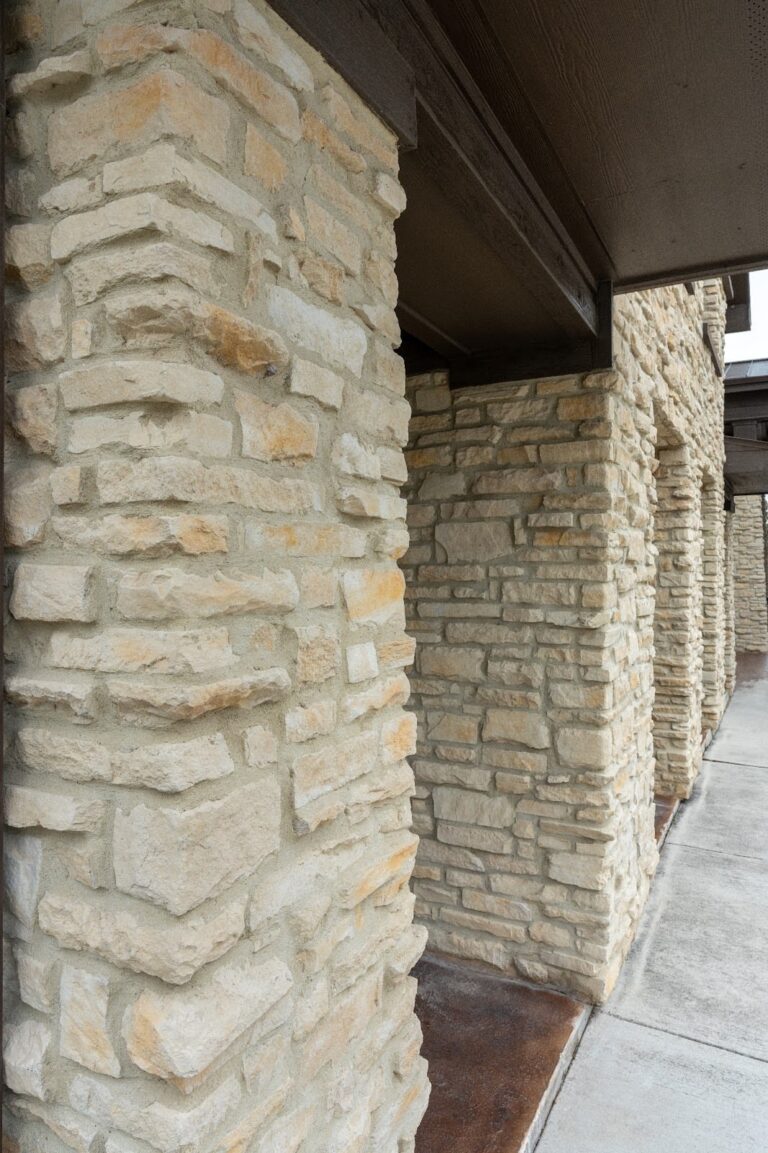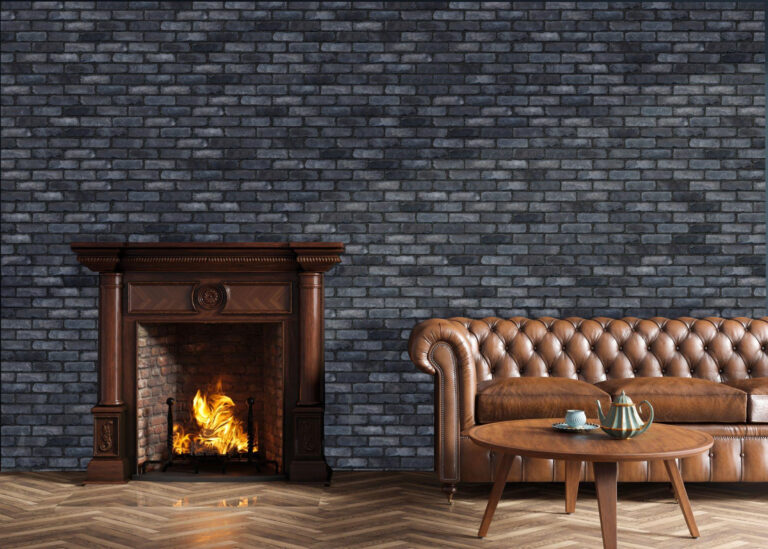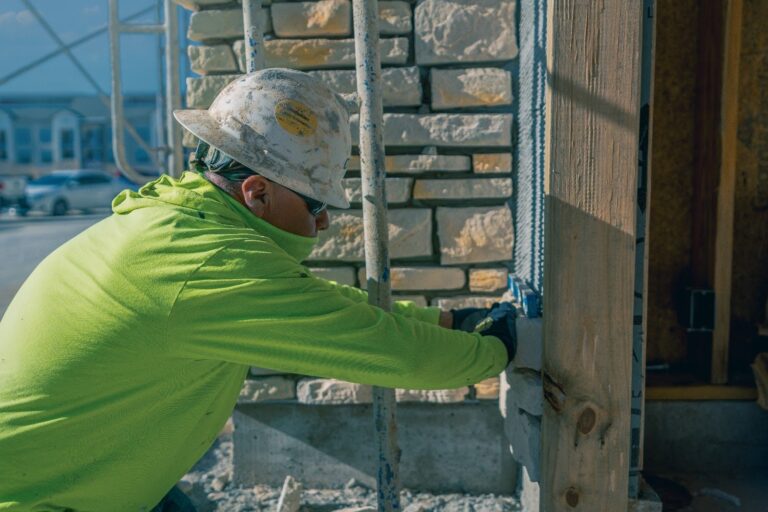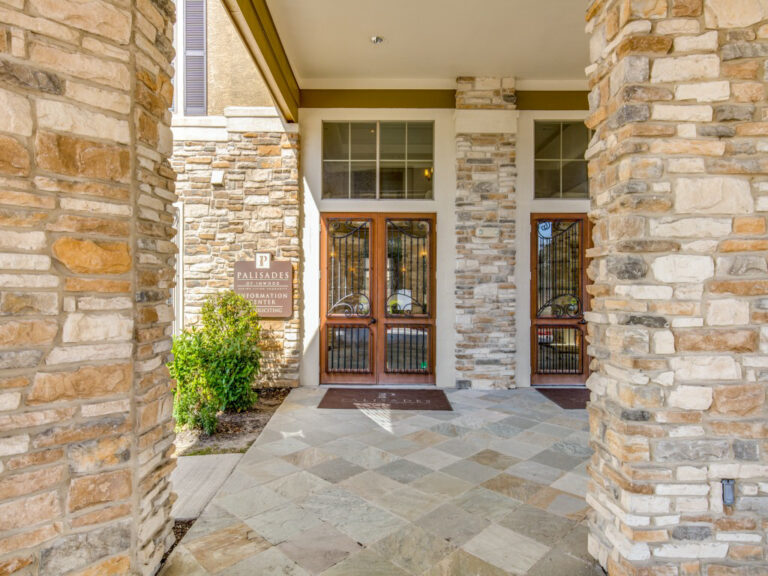Expert Tips: Caring For & Maintaining Manufactured Stone Veneer
Manufactured stone veneer (MSV) is a versatile, cost-effective, and aesthetically pleasing alternative to natural stone veneers that add charm and character to residential and commercial spaces. Regular maintenance is essential to ensure longevity and enduring appeal. This guide aims to equip masons, homeowners, and property managers with expert tips for preserving the beauty and durability of manufactured stone veneers.

Table of Contents
Table of Contents
Introduction
Manufactured stone veneer (MSV) is a versatile, cost-effective, and aesthetically pleasing alternative to natural stone veneers that add charm and character to residential and commercial spaces. Regular maintenance is essential to ensure longevity and enduring appeal. This guide aims to equip masons, homeowners, and property managers with expert tips for preserving the beauty and durability of manufactured stone veneers.

Understanding Manufactured Stone Veneer
MSV or faux stone was initially a concrete-based mixture developed over 60 years ago. Originally cast in carefully selected natural stone molds, then hand-colored with iron oxide pigments to capture the finest details from the surface of the original stone. This resulted in a lightweight, consistent product that allows easier installation and custom specifications. These benefits led to lower materials and labor costs while offering greater creative freedom for intricate projects. Now that we understand the basics of MSV let’s move on to how to care for manufactured stone veneers.
What to Know Before Cleaning
Before starting, it’s essential to understand that not all stone veneers are the same. The characteristics of the stone can vary greatly depending on factors such as the type of aggregate used and the colors added. While MSV is generally durable, some types can handle more aggressive cleaning methods, while others may suffer from color loss due to harsh chemicals or high-pressure washers.

Basic Cleaning Techniques
There are two primary options for cleaning your manufactured stone: a cleaner or a low-pressure washer. If opting for a cleaner, start with water and a mild soap, ensuring it does not contain bleach. Or, you can use a special-purpose manufactured stone cleaner. It’s crucial to note that some cleaners contain acids to break down grime, so you must be cautious to avoid damaging the veneer.

Tools for Safe & Effective Cleaning
When choosing a tool to clean your stone veneer, opting for a light natural or nylon brush rather than a metal bristle brush is essential. Using a wire or very stiff brush can damage the stone veneer. When in doubt, look for a natural masonry brush designed for use on mortar.

Dealing with Stains and Build-up
To remove everyday dirt and grime:
- First, rinse the area to remove any loose debris.
- Use a brush in a circular motion to clean the worst areas.
- Rinse the area once more, ensuring that you rinse any detergent.
- Let dry, reassess, and repeat as needed.
- Once it is clean and thoroughly dry, seal it.
Dirt, grime, and mildew are common adversaries. To remove everyday dirt and grime, start by rinsing the area to remove loose debris, then use a brush in a circular motion to clean. Rinse the area again and let it dry before sealing it.
Dirt and grime should come off fairly quickly, but if water and a brush aren’t cutting it, it’s time to move on to something more substantial. Make sure that you have the right cleaner for the job. We cannot stress this enough: Start with the least aggressive product to reduce the risk of damage.
After using any form of cleaner, whether basic detergent or special-purpose MSV cleaner, you must ensure that you rinse it off completely before finishing. Some MSV cleaners utilize mild acids to break down build-up, and you don’t want to leave that sitting on your now beautifully cleaned MSV.

Preventative Measures
Whether it is a recently completed dream project or a well-loved home, it is vital to the life of your MSV to take preventative measures to keep it looking good year-round.
Everything starts with a good foundation, and MSV is no different. Proper installation makes a world of difference in the longevity of manufactured stone veneer, especially in new projects.
- You may need to wait for the installation of gutters, landscaping, etc., to complete your work. When this happens, be cautious about where you terminate. If it is near soil, your best bet is to lay down a protective layer of cardboard or straw to protect the MSV from roof runoff and dirt to cut down on clean up later.
- You should brush or broom fresh mortar to remove extra mortar, dirt, and debris. Doing this several times a day as the mortar reaches the thumbprint hard will prevent it from setting up, resulting in difficult removal or staining.

Use of Sealants
Sealing your MSV after cleaning, restoration, or repairs isn’t always necessary. If a sealer is used at all, it is best to use it in localized areas with staining risks. In these instances, the sealer will protect your MSV against potential salt, stains, weathering, etc. Be sure to opt for a silane or siloxane-based sealer, as the stone will absorb these without affecting its appearance. They are also breathable, allowing the stone to absorb and release moisture rather than trapping moisture inside.
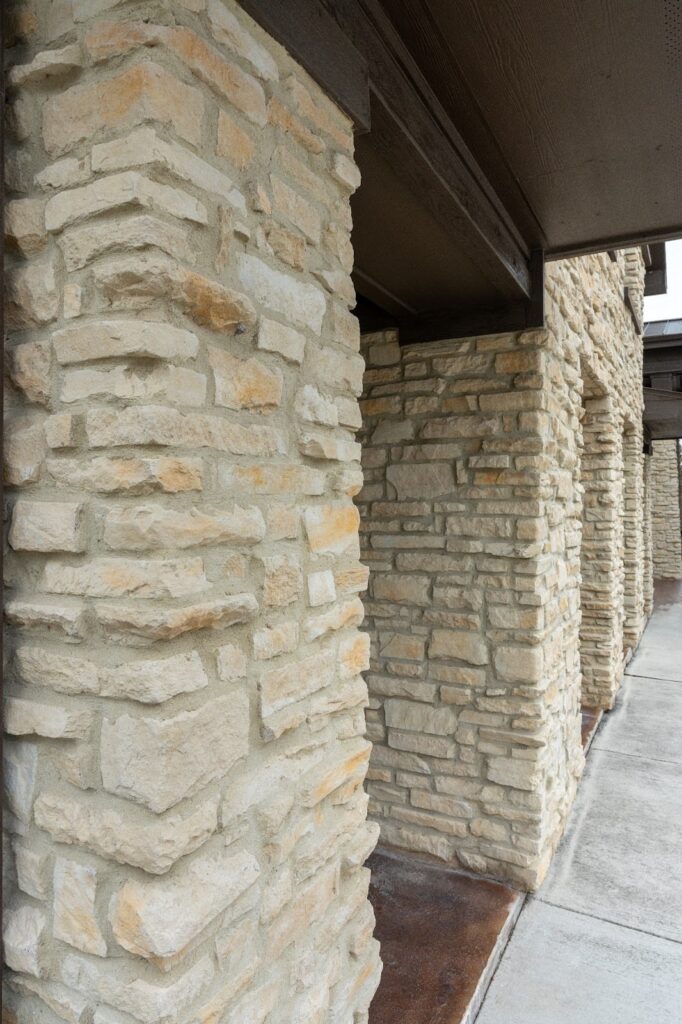
We hope this guide will aid you in cleaning, repairing, sealing, and maintaining your MSV. Remember that each action contributes to its enduring beauty. With the insights provided in this guide, you possess the knowledge and expertise to elevate the allure of your residential or commercial space, enriching it with the timeless elegance of manufactured stone veneer.


